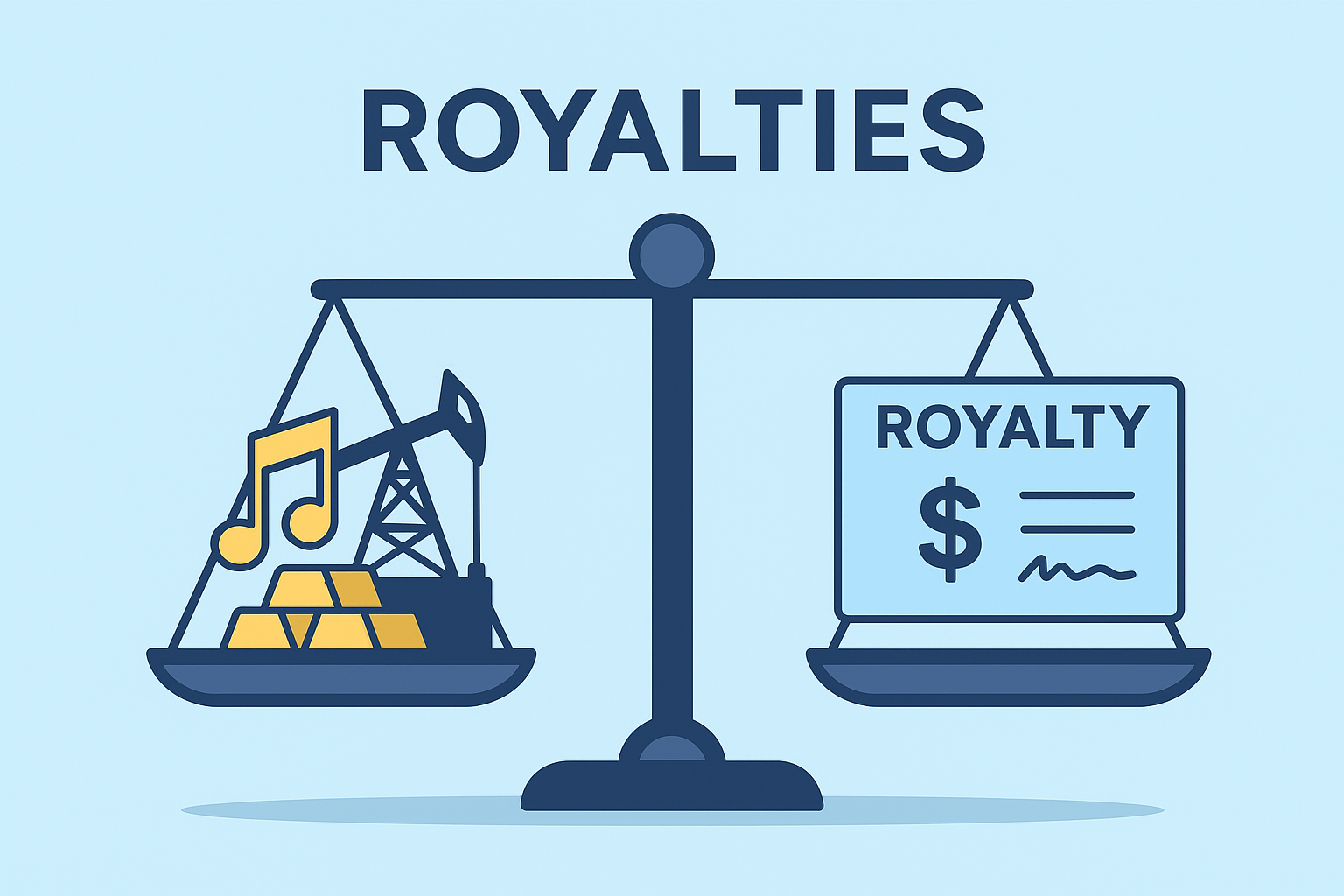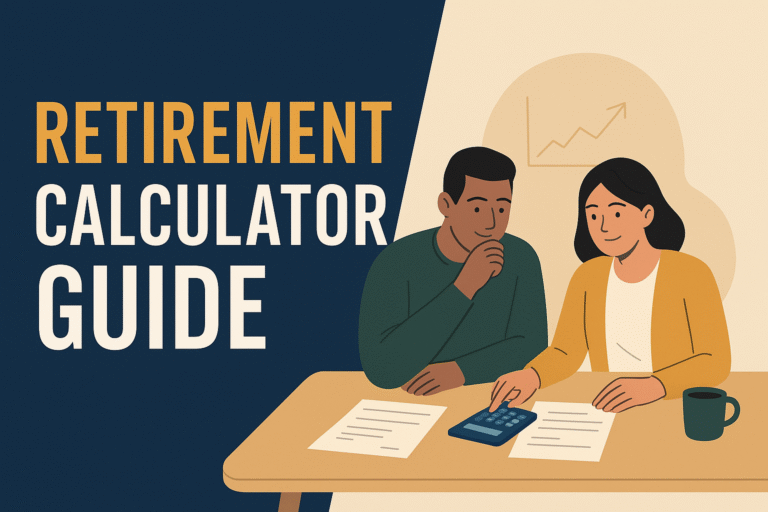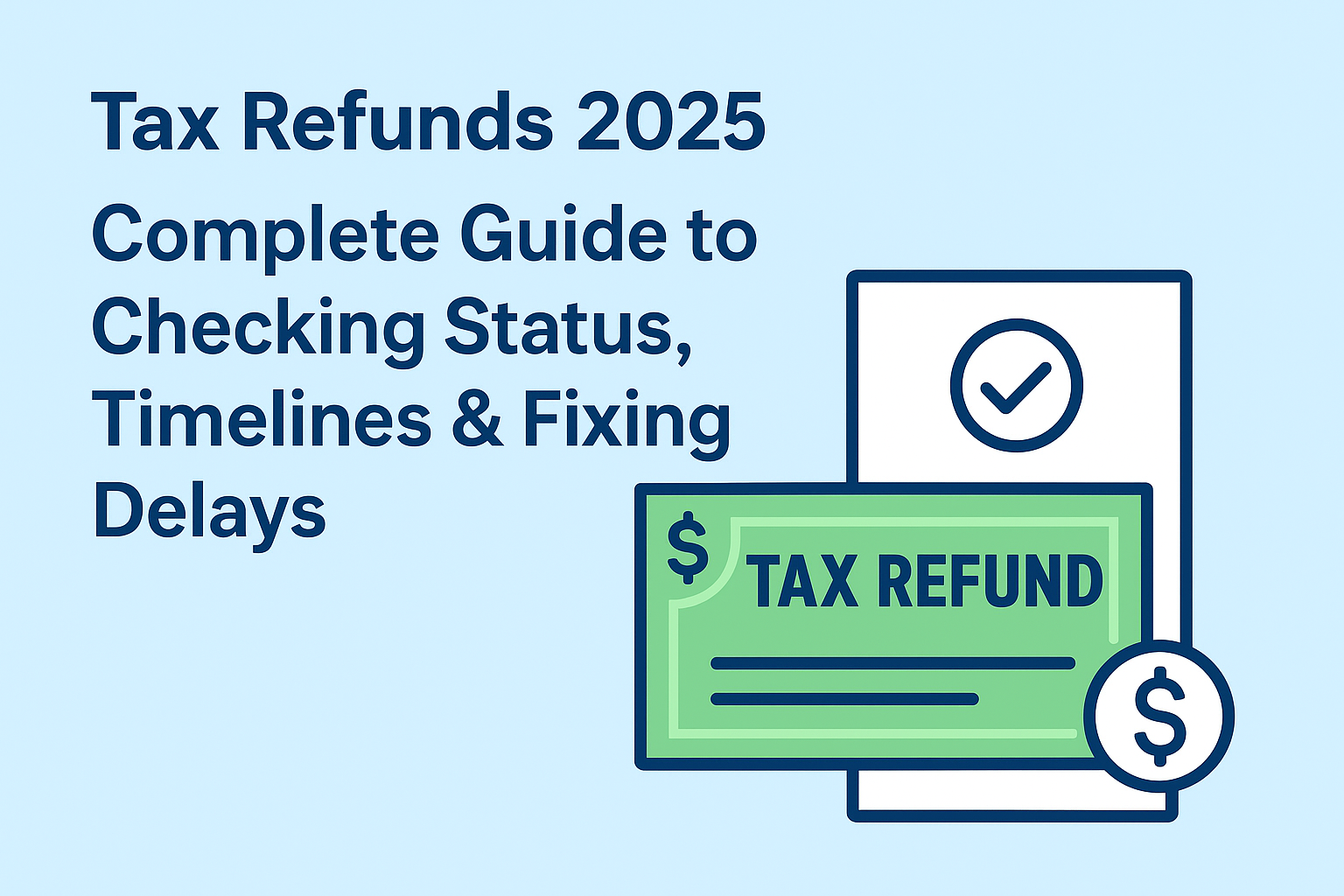Smart investing habits, like diversification, dollar-cost averaging, and reinvesting your earnings, are the secret to turning modest beginnings into lifelong wealth. The magic lies in consistency, patience, and discipline, not in having a crystal ball.
If you want to be rich, you don’t need to predict the market, chase the hottest stocks, or read charts like a Wall Street trader. You just need the right habits.
Let’s explore 8 Smart investing habits that, if practiced for decades, can completely transform your financial future.
Why Good Investing Habits Matter More Than Predictions
Many beginner investors think the key to wealth is “knowing” when the market will go up or down. The reality? Even professionals rarely get this right.
The real power comes from habits that work in all market conditions. When you invest consistently, diversify your portfolio, and avoid emotional mistakes, you’re stacking the odds heavily in your favor.
Example:
Two investors each put $10,000 into the stock market in 1990. One stayed invested the entire time. The other tried to “time” the market, missing the 25 best days. The buy-and-hold investor ended up with over twice the wealth of the market timer.
8 Smart Investing Habits That Pay Off Forever
1. Invest with a Long-Term Mindset
The stock market rewards patience. Over the last 100 years, the U.S. stock market has grown on average 8–10% per year, despite recessions, wars, and crashes.
If you’re investing for retirement, think in decades, not days.
Pro tip: Avoid checking your portfolio daily. Monthly or quarterly reviews are enough.
2. Diversify Across Asset Classes
Putting all your money into one stock is like putting all your eggs in one basket. If it cracks, your wealth is gone.
Instead, diversify across:
- Stocks: U.S. and international
- Bonds: Stable, lower-risk returns
- Real Estate: REITs or property investments
- Alternative assets: Gold, commodities, or even a small crypto allocation
Why it works: Different assets move differently. When one drops, another may rise—helping you ride out storms.
3. Practice Dollar-Cost Averaging (DCA)
With DCA, you invest the same amount regularly—monthly, quarterly, etc.—regardless of market conditions.
Example: Investing $500/month into an S&P 500 index fund means you buy more shares when prices are low and fewer when prices are high, naturally lowering your average cost.
Benefit: You never have to “guess” the best time to invest.
4. Rebalance Your Portfolio Regularly
If you planned for 70% stocks and 30% bonds, and stocks suddenly soar, you might end up at 80% stocks and 20% bonds, more risk than you planned.
Rebalancing means selling a little of what went up and buying more of what went down, keeping your portfolio aligned with your risk level.
Best practice: Rebalance once or twice a year.
5. Keep Costs Low with Index Funds & ETFs
Fees may look small, but over decades, they destroy returns.
Example:
- 1% annual fee over 30 years = 26% of your investment gone to fees
- 0.05% fee = less than 2% lost
Low-cost index funds and ETFs are perfect for long-term investors; they give you market growth with minimal fees.
6. Reinvest Dividends and Distributions
When your investments pay dividends, put them back to work. This supercharges compounding.
Example: $10,000 invested in the S&P 500 in 1980 would have grown to $780,000 by 2020 without reinvesting dividends, but to $1.2 million with reinvestment.
7. Continuously Educate Yourself
The best investors never stop learning. Understanding how taxes, inflation, and new asset classes work helps you make smarter decisions.
Recommended reads:
- The Intelligent Investor by Benjamin Graham
- Common Sense on Mutual Funds by John C. Bogle
- A Random Walk Down Wall Street by Burton Malkiel
8. Avoid Emotional Decisions
Market panic and hype are dangerous. In 2008, many sold stocks out of fear, locking in losses, only to miss the recovery.
The antidote? Create an investment autopilot plan with automatic contributions and a clear strategy, then stick to it.
Example of a Smart Investor’s Yearly Routine
| Month | Action | Purpose |
|---|---|---|
| January | Review and rebalance portfolio | Maintain risk level |
| April | Max out IRA contributions | Tax advantage |
| July | Check investment goals | Adjust contributions |
| October | Harvest tax losses if applicable | Reduce tax bill |
| Year-round | Auto-invest into index funds & ETFs | Consistency |
Tools and Resources for Smarter Investing
Brokerages with Auto-Invest Features:
- Vanguard
- Fidelity
- Schwab
- M1 Finance
Budget & Tracking Apps:
- Mint
- Personal Capital
- YNAB (You Need A Budget)
Educational Resources:
- Investopedia – investing definitions & guides
- Morningstar – fund research and portfolio tools
Common Mistakes to Avoid
- Overtrading – Frequent buying/selling increases fees and taxes.
- Chasing hot stocks – What’s trending now may not last.
- Ignoring fees and taxes – Hidden costs can ruin performance.
- Investing without a plan – Random investments = random results.
Final Thoughts: Smart Investing Habits
Wealth isn’t built by magic; it’s built by habits.
If you commit to:
- Investing regularly
- Diversifying wisely
- Reinvesting earnings
- Keeping emotions in check
…you’re already ahead of most investors.
The earlier you start, the more powerful these habits become. As the saying goes:
The best time to plant a tree was 20 years ago. The second-best time is today.
Other Links:
Source Links:







